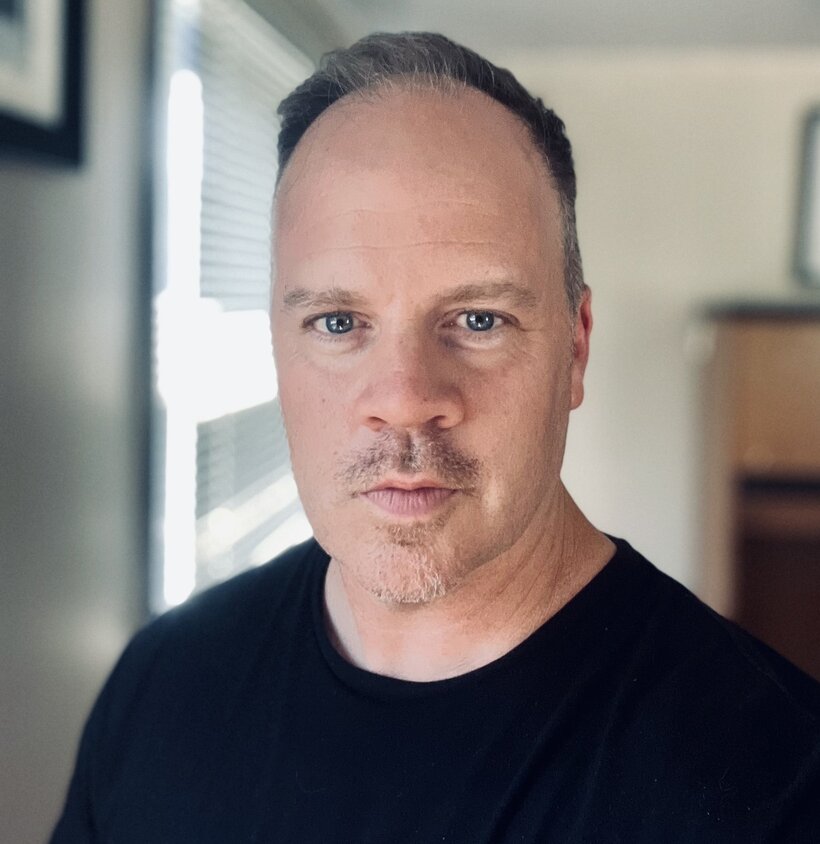As a wedding videographer with thousands of edited videos in landscape orientation, I’ve witnessed firsthand the monumental impact of social media’s shift to portrait-oriented video. Over the past few years, platforms like TikTok, Instagram Reels, and YouTube Shorts have catalyzed a significant change in how we create and consume video content. This portrait revolution has forced creators like myself to reevaluate our entire approach practically overnight and that’s scaring a lot of filmmakers. I’m going to tell you why it shouldn’t.
Embracing the Vertical Video Imperative
When TikTok burst onto the scene and quickly became one of the most popular mobile apps, it was obvious the social video landscape had changed for good. Optimization for mobile and vertical viewing was paramount. As a veteran shooting weddings in cinematic widescreen, I was skeptical. But seeing view counts on landscape videos stagnate while vertical clips took off made the imperative clear: adapt or disappear.
I decided to experiment by converting one of my favorite wedding films to portrait orientation. The effect was stark – by cropping to a 9:16 vertical frame, the beautiful venue decor and sweeping landscapes were lost. The focus zoomed in on the couple and their intimate emotional expressions. Without the contextual establishing shots, the story became less cinematic and more like flipping through a wedding photo album. As a videographer that’s not ideal, but clients will love it. More tears. More smiles. That’s what they’re looking for. Your 10-second shot of a sailboat going North to South off a long dock looks mundane.
However, the portrait version did align better with TikTok’s quick, intimate storytelling style. And shooting native vertical video simplifies the mobile filming process. I no longer had to bother rotating my phone to landscape, allowing me to capture moments more spontaneously. The portrait look also feels more personal and impactful on a small mobile screen.
Evaluating the Tradeoffs of Landscape vs. Portrait
As a cinematographer, my instinct is to leverage the wider landscape frame to establish stories visually and include environmental details. But social media trends clearly show that vertical videos resonate better with younger viewers glued to their phones. Portrait orientation places emphasis squarely on the subject rather than setting.
I’ve come to recognize both orientations have benefits and costs. Landscape provides a more cinematic feel but requires forethought and planning. Portrait is more casual and spontaneous but loses context. However, the best strategy involves carefully incorporating both orientations. An establishing landscape shot can transition into intimate portrait close-ups. This allows me to cater to both my clients’ and prospective brides’ preferences while showcasing my adaptability.
When filming, I now take care to get shots that allow flexibility in orientation. My process involves
1) filming interviews and close-ups in 4K resolution, which provides room to crop and adjust framing.
2) Shooting wider establishing and action shots that can later be cropped vertically if needed.
3) Using gimbals and movement to add dynamism and dimensionality. This helps compositions remain engaging when cropped.
4) Planning shot sequences to seamlessly transition between landscape and portrait.
5) Capturing extra b-roll details from multiple angles. This supplemental footage can help maintain context when cropping. With proper planning during production and strategic editing choices, I can now easily reshape videos to optimize for landscape, portrait, or a mix of both.
Contemplating Content, Context, and Orientation Strategy
Determining optimal orientation requires analyzing the desired focus, audience, and storytelling approach. For my client wedding films, thoughtful landscape cinematography remains ideal to fully convey the day’s emotions within the venue’s rich context. But for organic social sharing, playful portrait clips filmed in the moment better resonate with the engaged couples who could become future clients. Longer videos don’t work as portraits. Reels, TikTok and Sorts all limit the time to 10 minute or less so at the moment, landscape is still your focus.
I’ve also realized that strictly sticking to one orientation limits storytelling possibilities. Portrait conveys personal emotion, while landscape provides literal perspective. Strategically combining both creates a multi-dimensional viewing experience that no single orientation can achieve alone.
A New Age of Flexible, Mobile-First Video
As jarring as the shift has been, the portrait revolution has improved my skills as a videographer. I’ve added new tools to my creative arsenal for engaging mobile-first audiences. While landscape cinematography remains foundational, weaving in vertical shots provides a contemporary complement.
Shooting exclusively in one orientation now seems outdated and limits the possibilities of multi-dimensional visual storytelling. The future of wedding video involves seamlessly blending landscape and portrait within a single film. This requires unlearning ingrained habits and adopting a flexible, mobile-mindset.
For veteran filmmakers accustomed to widescreen landscapes, embracing portrait can feel like an imposing creative compromise. But I’ve learned to see it as an exciting opportunity to expand my skills and better connect with modern viewers. The platforms and technology may change, but storytelling remains timeless. Adapting my orientation approach allows me to continue telling meaningful, impactful stories – no matter the shape of the frame.
As a viewer, next time you watch a video, pay attention to how the orientation impacts your experience. Do you feel more focused and connected in portrait mode, or do you prefer seeing stories unfold in landscape?

Christopher lives in Vermont with his wife, twin boys, border collie and corgi. He has owned a film production company, sold slot machines, and worked for Tony Robbins. He writes in his magical tiny house and sometimes writes in his blog at chrisrodgers.blog
Visit his author’s page.